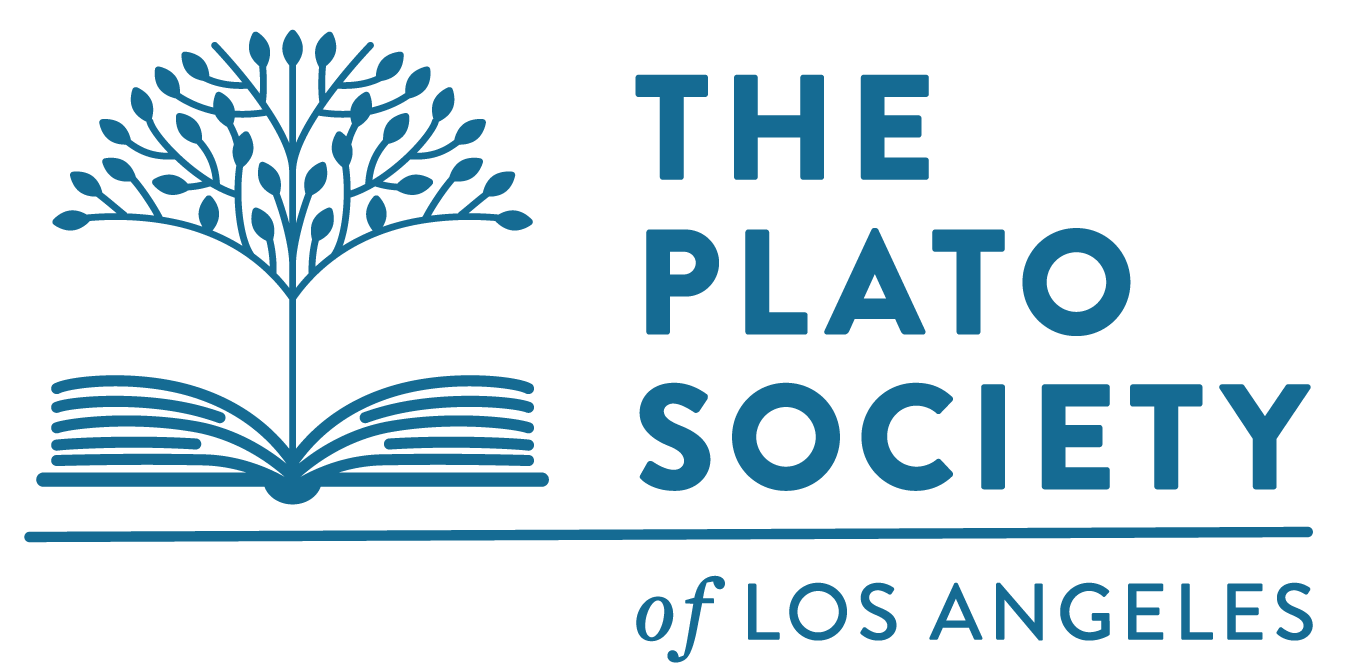World War I was arguably the most significant event of the 20th century. Among other things, it brought down long-standing empires, recognized new countries which emerged from those empires. facilitated the Communist victory in Russia, motivated Germany to launch World War II, caused millions of deaths of soldiers and civilians, drew the boundaries of countries in the Middle East and made a traumatic, emotional impact on the residents of all of the countries and on their leaders. A good case can be made that World War I re-ordered the globe.
In view of the importance of World War I, many have pondered and written about the causes of the War. Many of us will remember being taught in school that the cause was the treaties and “entangling alliances” among the European countries. And, of course, each combatant country blamed its wartime opponents. To make it even more confusing, it is difficult to see what each country was trying to gain by going to war. Each country had sophisticated, experienced foreign ministers. And yet, they took their countries into a disastrous war. Why?
There has been continuing exploration of that issue. Two of the best books on the subject are Barbara Tuchman’s “The Guns of August,” which is excellent in evaluating the principal actors and temper of the times, and Christopher Clark’s “The Sleepwalkers-How Europe Went to War in 1914,” whose title embodies the theme of the book. But the best book I have seen is Sean McMeekin’s “July 1914, Countdown to War,” our core book, which takes the reader on a fascinating account, day by day and sometimes hour by hour, through the critical period of just over one month, from the assassination of Archduke Franz Ferdinand to the opening shots of World War I. It shows clearly what each leader did, or didn’t do, to prevent and/or prepare for war. Based on original source material, it is a narrative of the leaders of each country who saw that a war was coming, but took little constructive action to prevent it and, in essence, led their countries to war to prevent their opponents from attacking first.
After dealing with background history, the assassination and the preliminary skirmishing between the Austro-Hungarian Empire and Serbia that followed the assassination, this SDG will take the approach of “July 1914”: We will read and discuss the leaders of each of the major countries (France, Germany, Russia, Britain, Austro-Hungarian Empire) and their actions, inactions and missed opportunities on a day-by-day basis. Was the war inevitable? Why did so many Europeans think that war would be a good thing for Europe? The goals here are to assess the attitudes of the aristocrats who ran foreign policy, the extent of the actual conflicts then existing among the countries, how each conceived the national interest of his country, how each dealt with potential allies and potential enemies, how they handled the approaching war and what could have been done differently. The idea is to look into the details, rather than accept summaries; to analyze, rather than accept traditional explanations. Finally, we will ask if the facts we explore hold any lessons for our own time.
In addition to the core book, portions of The Guns of August and The Sleepwalkers will be part of the assigned readings. Also, there is an incredible array of books and articles on every aspect the World War I, including the books specified in this proposal.








